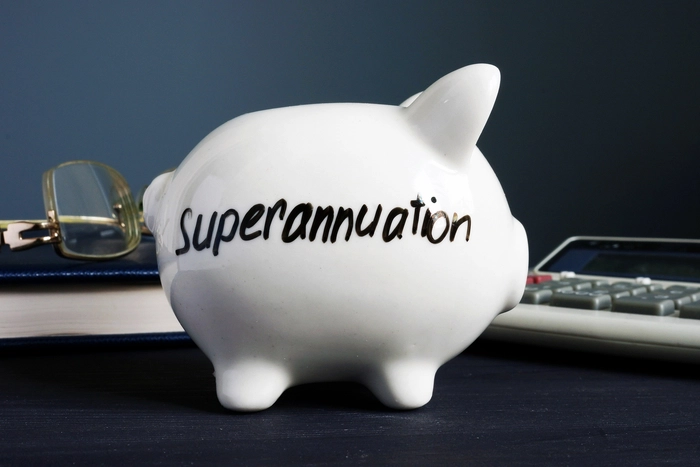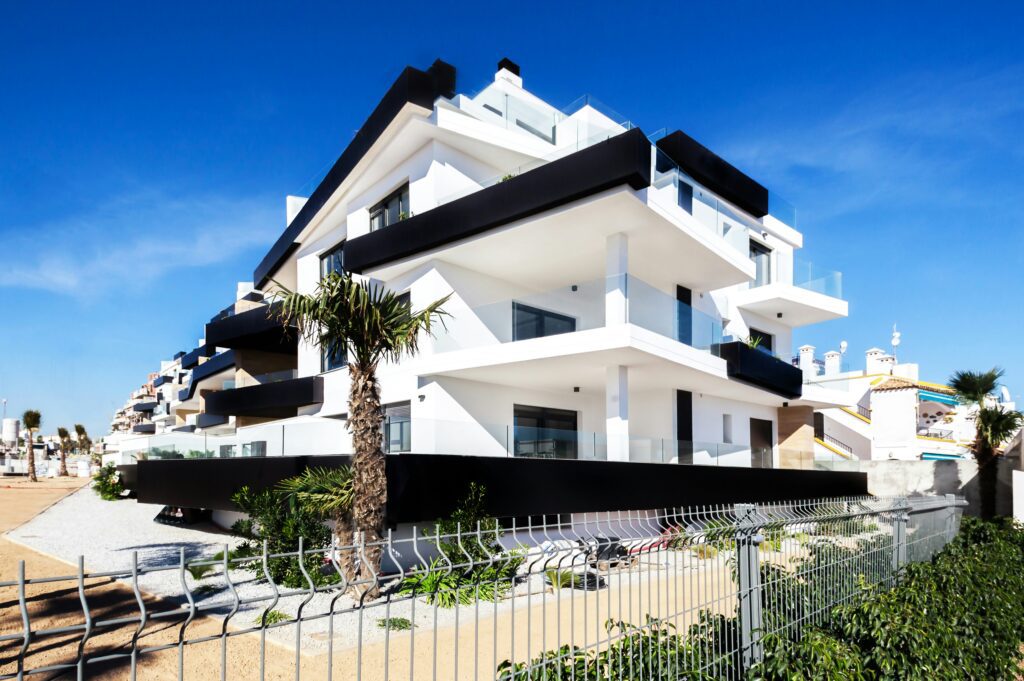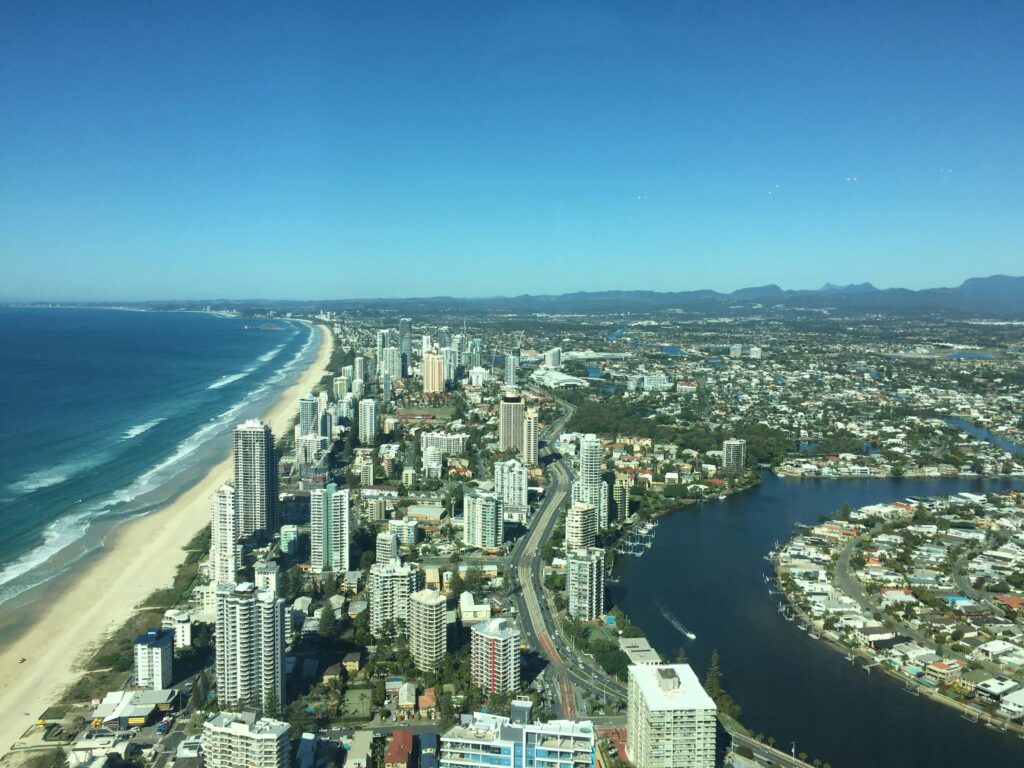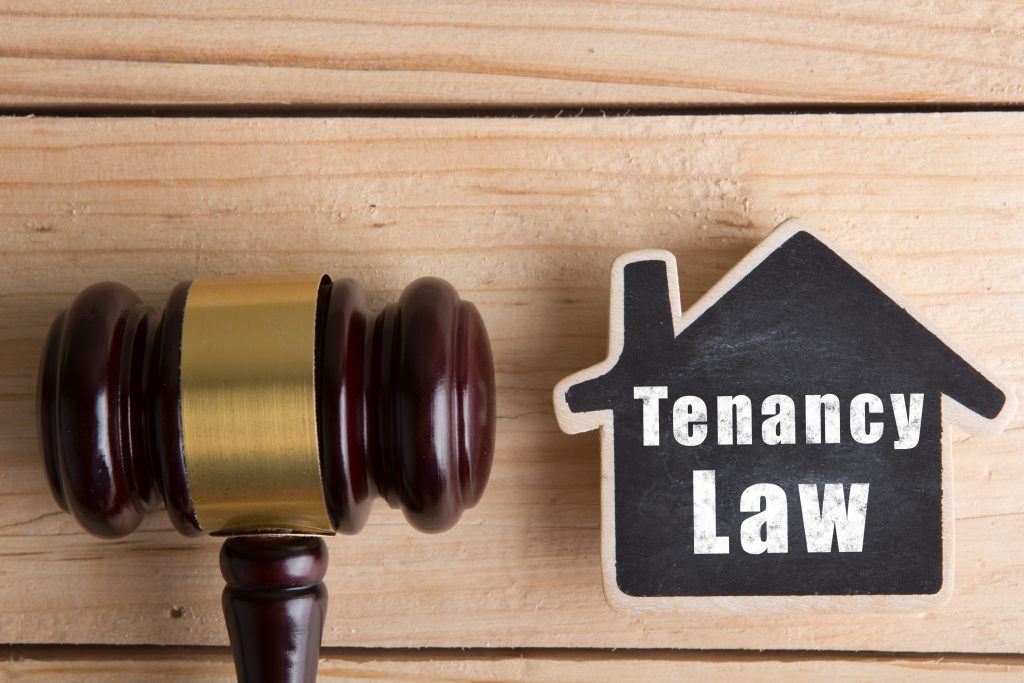The Federal Budget explains to all Australians how the Government intends to manage the country’s finances. It outlines their tax and spending plans. Not only during the next financial year but into the future as well. Just like a household budget, the Federal Budget forecasts revenue and expenses to determine whether there is a surplus or deficit.
It’s also a political statement setting out the Government’s intentions, priorities and new policy initiatives. So, how does the Federal Budget affect you?
This year’s Budget proposal
This year’s Federal Budget is an ‘election budget’ with future tax cuts for all Australians, especially low and middle income earners. Overall, there were minimal changes to super proposed in the Budget, with minor changes to super contributions for older Australians.
Superannuation
Superannuation contributions for older Australians
From 1 July 2020, there will be no work test for people aged 65 and 66 when making concessional and non-concessional contributions. Currently, you need to work at least 40 hours over a 30-day period to contribute.
Also, the three-year bring-forward for non-concessional contributions is proposed to be extended to people aged 65 and 66 which means they could contribute up to $300,000 in non-concessional and $25,000 concessional contributions in one year.
Spouse contributions
And, from 1 July 2020, you can continue to receive spouse contributions up to age 74, up from age 69, if the work test is met. This will help couples even up their super balances as they near retirement. Learn more about Spouse Contributions thanks to MoneySmart.
Protecting Your Super Package
In March 2019, the Protecting Your Super Package legislation passed. This means:
- if you have a super balance of below $6,000, administration and investment fees will be capped at 3%
- from 1 July 2019, you will no longer be charged an exit fee
- if your account has been inactive for 16 consecutive months your insurance cover will cease.
The proposal to ensure insurance is only offered on an opt-in basis for accounts with balances of less than $6,000 and new accounts belonging to members under the age of 25, did not pass into legislation. The Government will delay the start date for this measure until 1 October 2019.
Tax
Personal income tax cuts
The Government proposes the following personal income tax rates.
- From 1 July 2022, the top threshold of the 19% tax bracket will increase from $41,000 to $45,000. And, the low income tax offset (LITO) will increase from $645 to $700.
- And, from 1 July 2024, the 32.5% tax rate will reduce to 30%.
Proposed personal tax rates and thresholds
| Tax rate | Current threshold | Threshold from 1 July 2022 | Threshold from 1 July 2024 |
| Nil | 0 – $18,200 | 0 – $18,200 | 0 – $18,200 |
| 19% | $18,201 – $37,000 | $18,201 – $45,000 | $18,201 – $45,000 |
| 32.5% until 30 June 2024 30% from 1 July 2024 |
$37,001 – $90,000 | $45,001 – $120,000 | $45,001 – $200,000 |
| 37% | $90,001 – $180,000 | $120,001 – $180,000 | – |
| 45% | $180,000+ | $180,000+ | $200,000+ |
| Low and middle income tax offset (max) | $1,080 | – | – |
| Low income tax offset (max) | $445 | $700 | $700 |
Low and middle income tax offset
The low and middle income tax offset (LMITO) will increase for the 2018/19 to 2021/22 financial years. After this, LMITO is not available. The maximum LMITO will increase from $530 to $1,080.
Enhancements to the instant asset write-off
If you have a small or medium business, you can immediately deduct eligible assets costing less than $30,000. The assets must be first used or installed, ready for use, between 7:30pm (AEDT) on 2 April 2019 and 30 June 2020.
Assets acquired between 29 January 2019 and before 7:30pm (AEDT) on 2 April 2019 are subject to a $25,000 threshold. Also, this is limited to small businesses.
Therefore, the instant asset write-off is expanded to medium businesses by increasing the annual turnover threshold from $10 million to $50 million. Certain assets are not eligible, for example, horticultural plants and in-house software.
Medicare levy low income thresholds
The Medicare levy low income thresholds will be increased to reflect movements in the consumer price index (CPI) from 1 July 2018.
Social Security
Energy Assistance Payment
A one-off Energy Assistance Payment of $75 for singles and $62.50 for each eligible member of a couple. To be eligible, you must be receiving a qualifying Government payment on 2 April 2019 and be resident in Australia.
Qualifying payments are the Age Pension, Carer Payment, Disability Support Pension, Parenting Payment Single. Also, the Veterans’ Service Pension and the Veterans’ Income Support supplement, Veterans’ disability payments, War Widow(er)’s Pension. And, permanent impairment payments under the Military Rehabilitation and Compensation Act 2004 (including dependent partners) and the Safety, Rehabilitation and Compensation Act 1988.
Partner service pension
Both former spouses and former de-facto partners of veterans will be able to continue to receive the partner service pension after their relationship with their veteran partner has ended. This includes situations where the relationship has ended because of family or domestic violence.
Aged Care
Additional Home Care packages
As previously announced on 10 February 2019, the Government will provide funding for an additional 10,000 Home Care places over five years from 2018/19.
Seek advice
However, if you have any questions about the proposed changes in the Budget, please contact me on 07 5593 0855. The team of Gold Coast Financial Planners at Wealth Planning Partners are here to help.





 January 18, 2025
January 18, 2025 




















